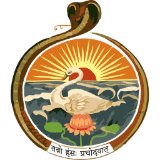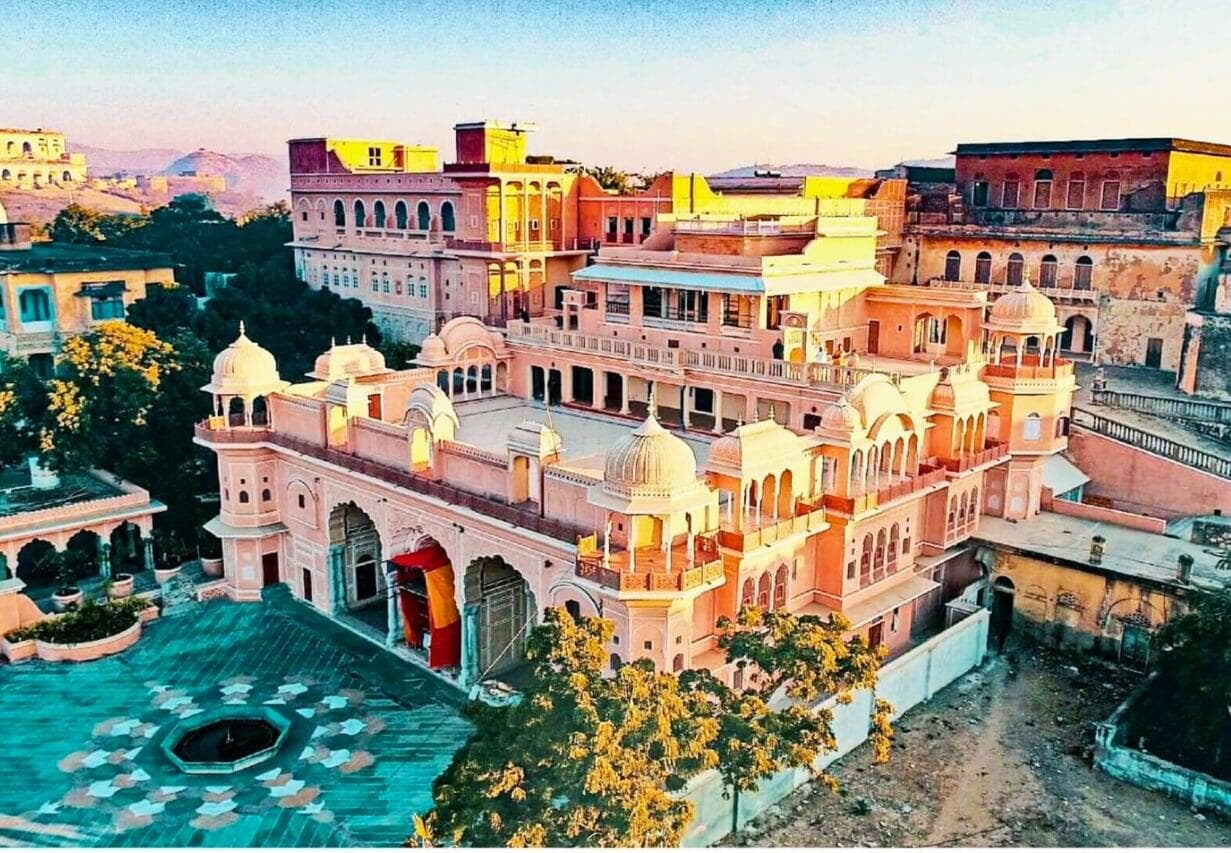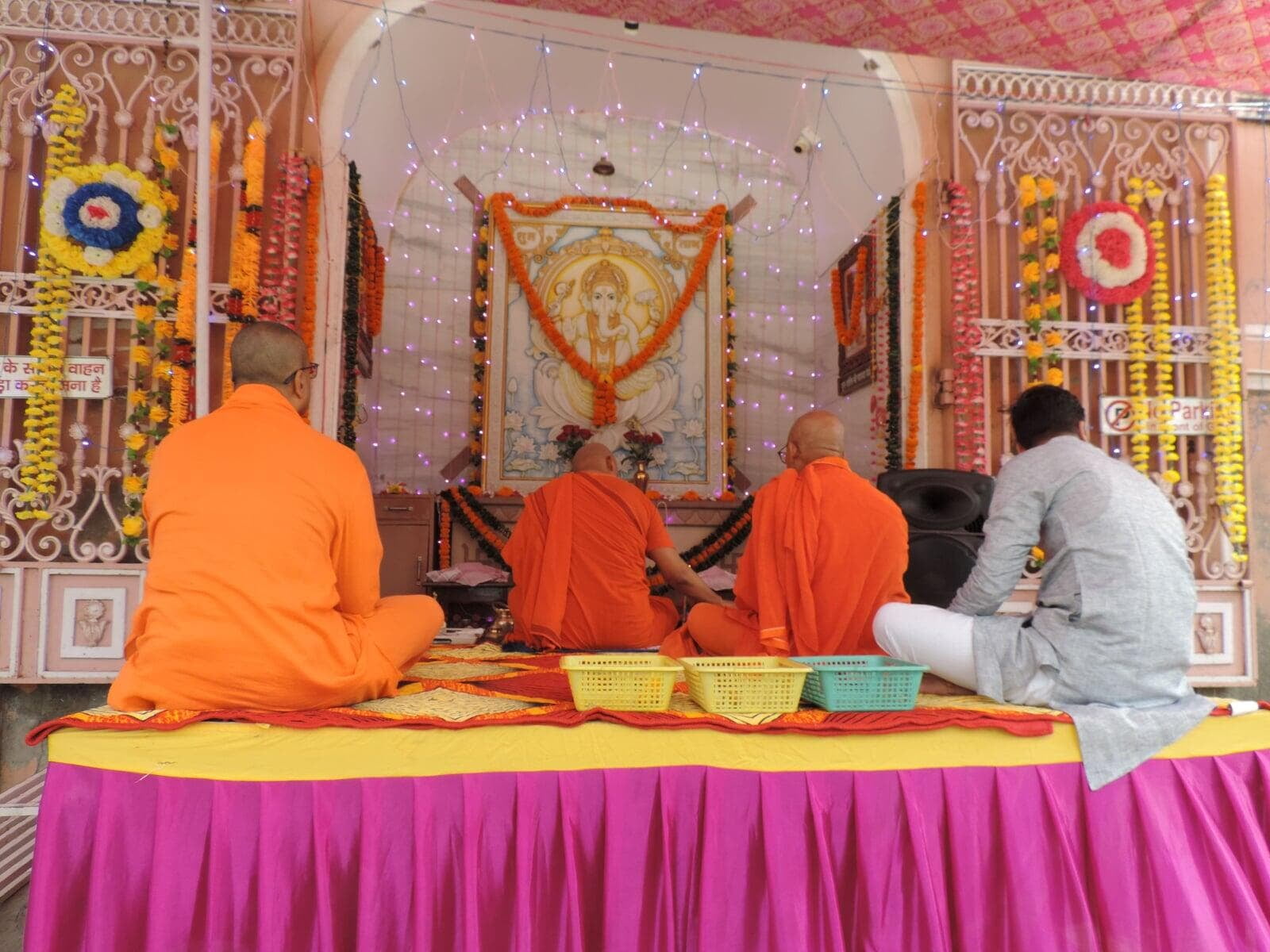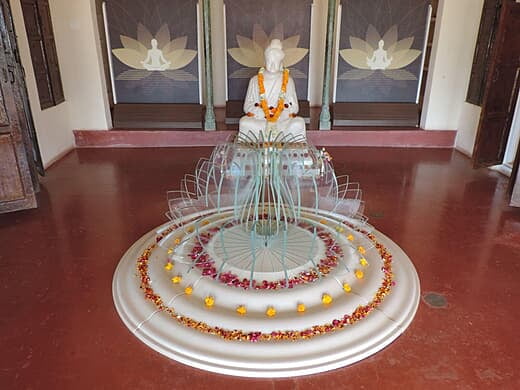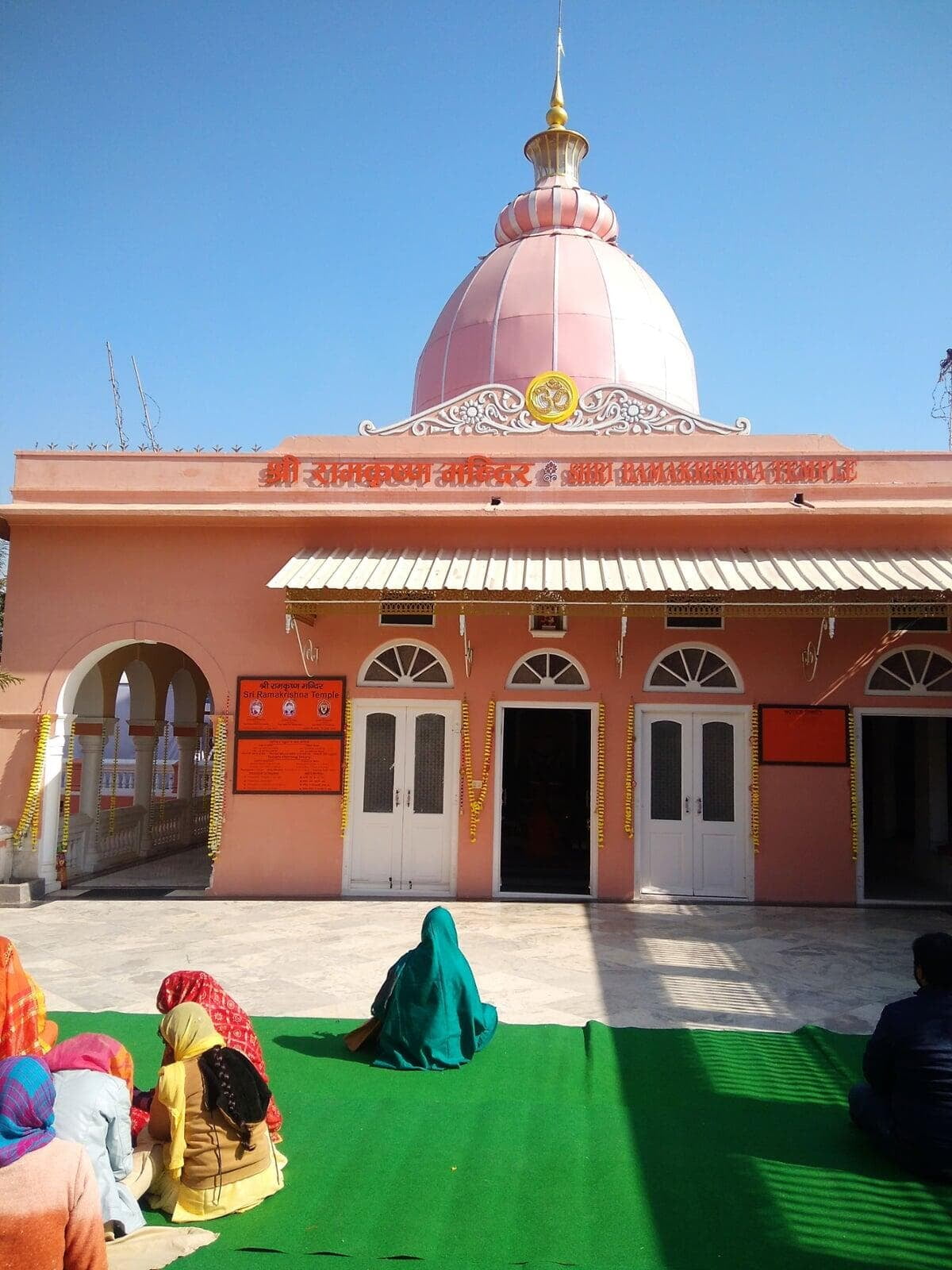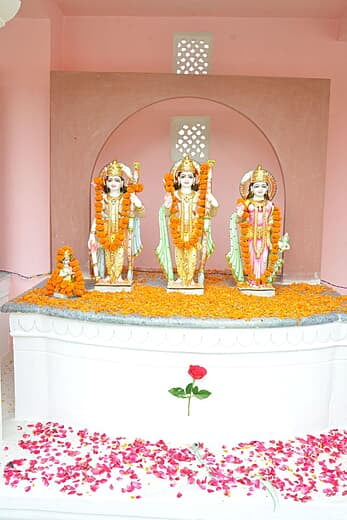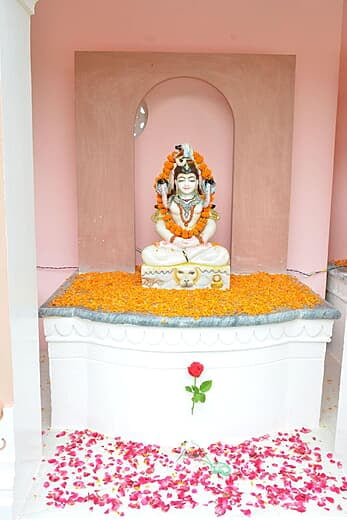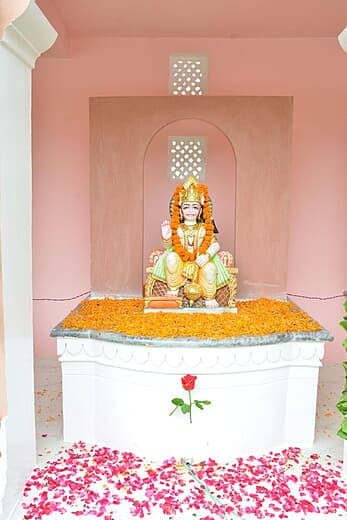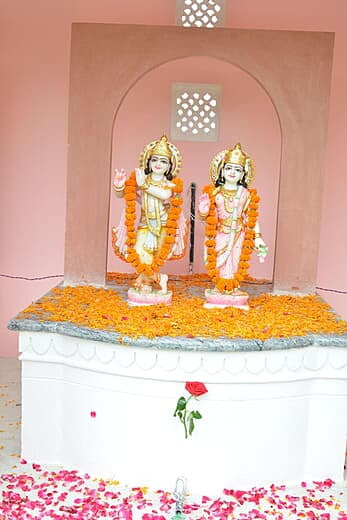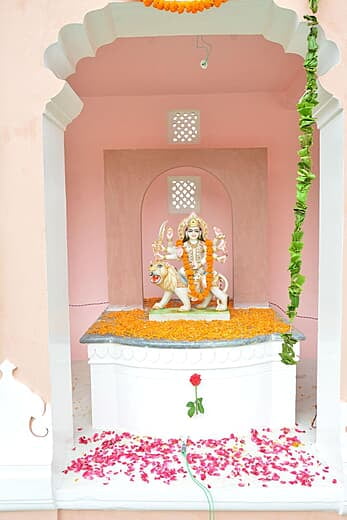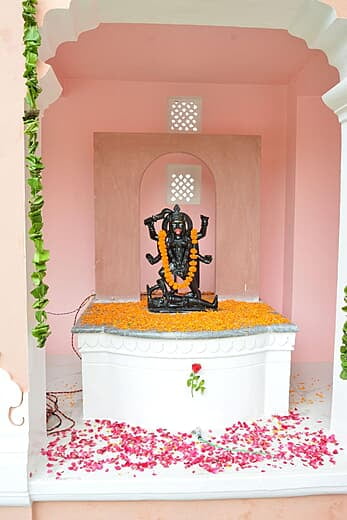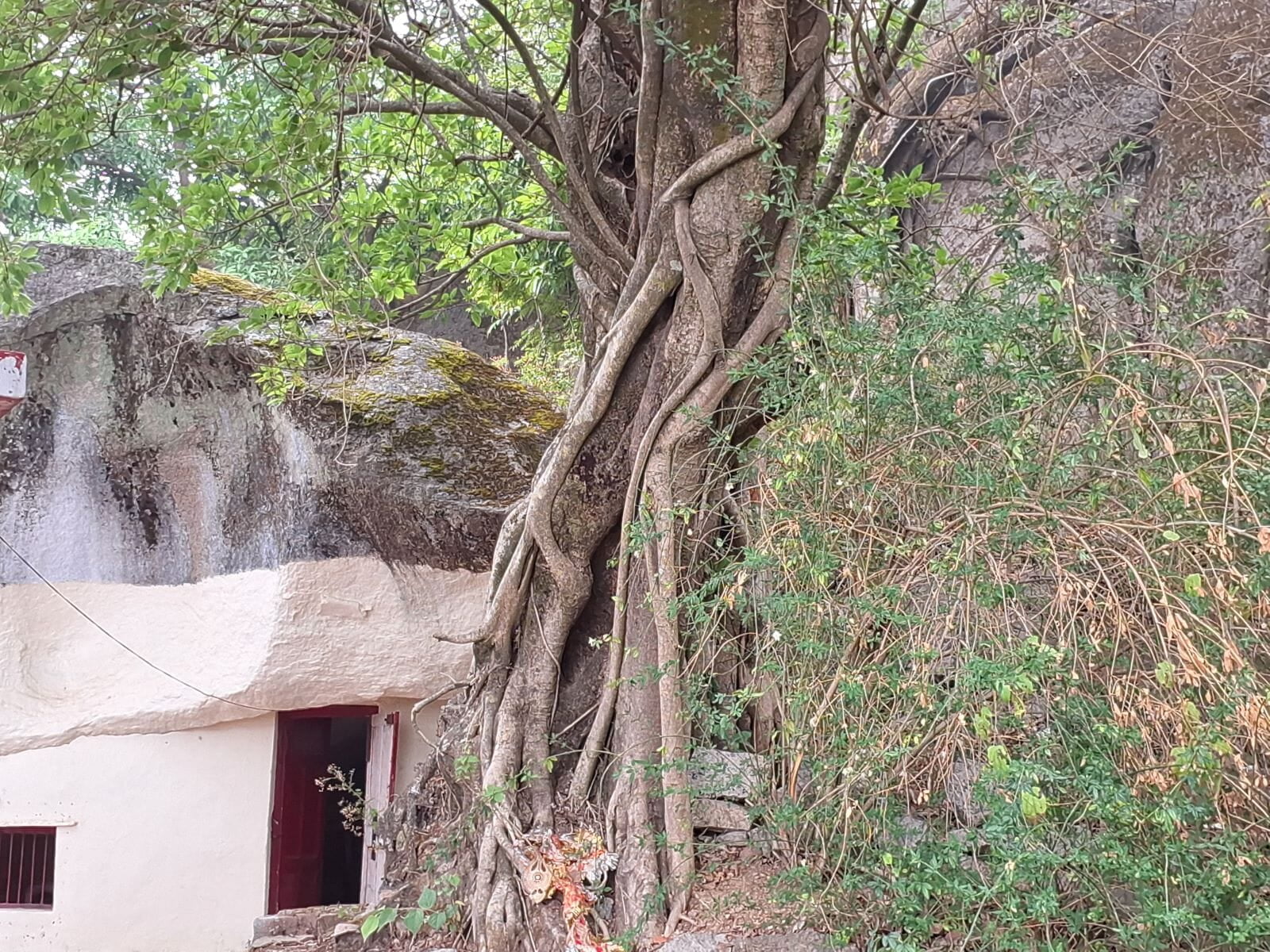
The Background: Swami Vivekananda's Connection with Khetri
First Visit:
Swami Vivekananda arrived at Mount Abu in Rajputana as a wandering monk in May 1891. He found refuge in an abandoned cave where he immersed himself in deep spiritual practices. Munshi Jagmohanlal, the Private Secretary to the Raja of Khetri and a friend of Munshi Faiz Ali Khan, where Swami Vivekananda later stayed, was greatly impressed upon meeting the Swami. He urged Ajit Singh, the Raja of Khetri, who was staying in Mount Abu at the time, to meet him. Swami Vivekananda and Raja Ajit Singh first met at the Khetri House in Abu on 4 June 1891. They quickly bonded over shared interests and spent time exploring philosophy, music, art, science, and more. Swami Vivekananda and Raja Ajit Singh left for Khetri and reached the same on 7 August 1891. Swami Vivekananda stayed in Khetri until 27 October 1891. During his stay, Swami Vivekananda enriched his knowledge in scriptures while Raja Ajit Singh's spiritual inclination led him to accept Swami Vivekananda as his Guru and mentor. Swami Vivekananda also blessed the Raja for a male child.

Second Visit:
In April 1893, Swami Vivekananda visited Khetri to bless the birth celebrations of Raja Ajit Singh's son, even though he was busy preparing for his journey to the Parliament of World's Religions in Chicago. He blessed the young Prince on 9 May 1893 before departing for Bombay on his way to America on 10 May 1893. The Raja supported Swami Vivekananda's trip to America by providing financial assistance and upgrading his tickets.
Third Visit:
Following his return from the West, Swami Vivekananda was invited by the Raja to visit Khetri. His final visit in December 1897 was greeted with a royal welcome, including lighting, fireworks, and felicitation ceremonies. Swami Vivekananda expressed his gratitude to Raja Ajit Singh, acknowledging the role the Raja played in his service to the country. He also delivered several lectures during his stay. As Swami Vivekananda prepared to leave Khetri, the Raja generously provided him with support to establish Belur Math.
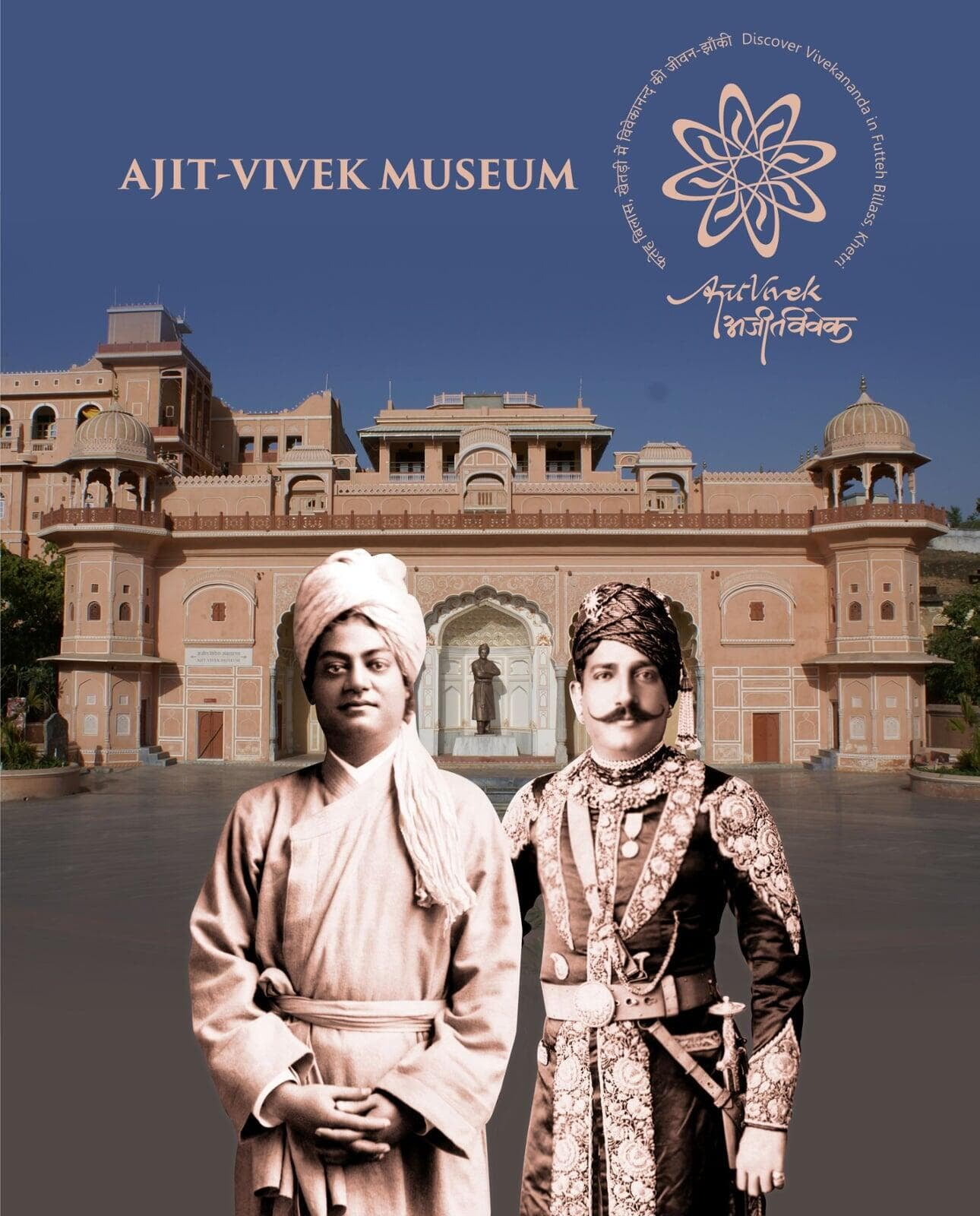
The legacy of Raja Ajit Singh Bahadur
Raja Ajit Singh, the Raja of Khetri, was a generous patron of the arts, music, science, and technology. His deep friendship with Swami Vivekananda had a profound impact on the spiritual journey and growth of Swami Vivekananda. It was Raja Ajit Singh who suggested the name 'Vivekananda' to the Swami before his journey to the Parliament of Religions, a name that would endure through eternity. Their friendship was characterized by mutual respect and spiritual guidance, with Raja Ajit Singh seeking answers to life's questions and Swami Vivekananda offering wisdom and guidance. Despite their short lives, they left a lasting impact on each other and on history.
Raja Ajit Singh's role in shaping Swami Vivekananda is a lesser-known yet vital part of Rajasthan's history. Swami Vivekananda was welcomed at the Fateh Bilas Palace during his visits to Khetri, symbolizing the transformative power of their bond.
Origins of Ramakrishna Mission Vivekananda Smriti Mandir in Khetri
On January 18, 1901, Raja Ajit Singh passed away, and on July 4, 1902, Swami Vivekananda attained Mahasamadhi. The royal palace of Fateh Bilas remained in the private possession of Raja Ajit Singh's descendants. Subsequently, the palace was abandoned when the last Raja of Khetri chose to reside in Sukh Mahal and later relocated to Delhi. At the request of two prominent sons of Khetri, Padmabhushan (late) Pandit Jhabarmal Sharma and the late Beni Shankar Sharma, Raja Ajit Singh's grandson, Raja Bahadur Sardar Singhji, donated the palace to the Ramakrishna Mission, Belur Math in 1958. Through their persistent efforts, the first branch of the Ramakrishna Mission in Rajasthan was established in the historic Fateh Bilas Palace in 1959. The historically rich palace, sanctified by the visits of Swami Vivekananda, was aptly named—Vivekananda Smriti Mandir. Marble statues of Swami Vivekananda and Raja Ajit Singh were installed in this grand building, and the room where Swami Vivekananda used to reside was transformed into a prayer room. The Ramakrishna Mission, Khetri, began its activities in the spiritual and social realm within the palace, initiating educational, cultural, skill-building, and spiritually oriented programs for the upliftment of the masses as well as for the empowerment of women. The ground floor of Darbar Hall was used for hosting many of these programs.
Transformation into an Iconic Monument and Heritage Destination
The transformation of the palace into an iconic monument and heritage destination was driven by the goal of emphasizing its historical significance, particularly its connection with Swami Vivekananda and the extraordinary king-monk relationship that lasted for a decade. The main objective was to communicate the cultural and social messages of the Swami and the service-oriented philosophy of the Mission to a wider audience. It was also important to accommodate the growing number of beneficiaries, visitors, and devotees while preserving the palace's heritage. To achieve these goals, experts in heritage building design and restoration, including those from NID, Ahmedabad, were brought in for the project.
The extensive renovation project focused on preserving the palace's heritage while incorporating modern elements that would add value in the future. The support of devotees, institutions, and state and union government bodies in providing financial assistance played a crucial role in the successful completion of the project. After meticulous renovation, the palace now serves as the quarters of the Ramakrishna Mission and features a modern museum. This revitalization has allowed the palace to continue its legacy, establishing itself as a prominent heritage monument and effectively showcasing Swami Vivekananda's philosophy and the important events linked to his life within the context of Khetri and Rajasthan.
